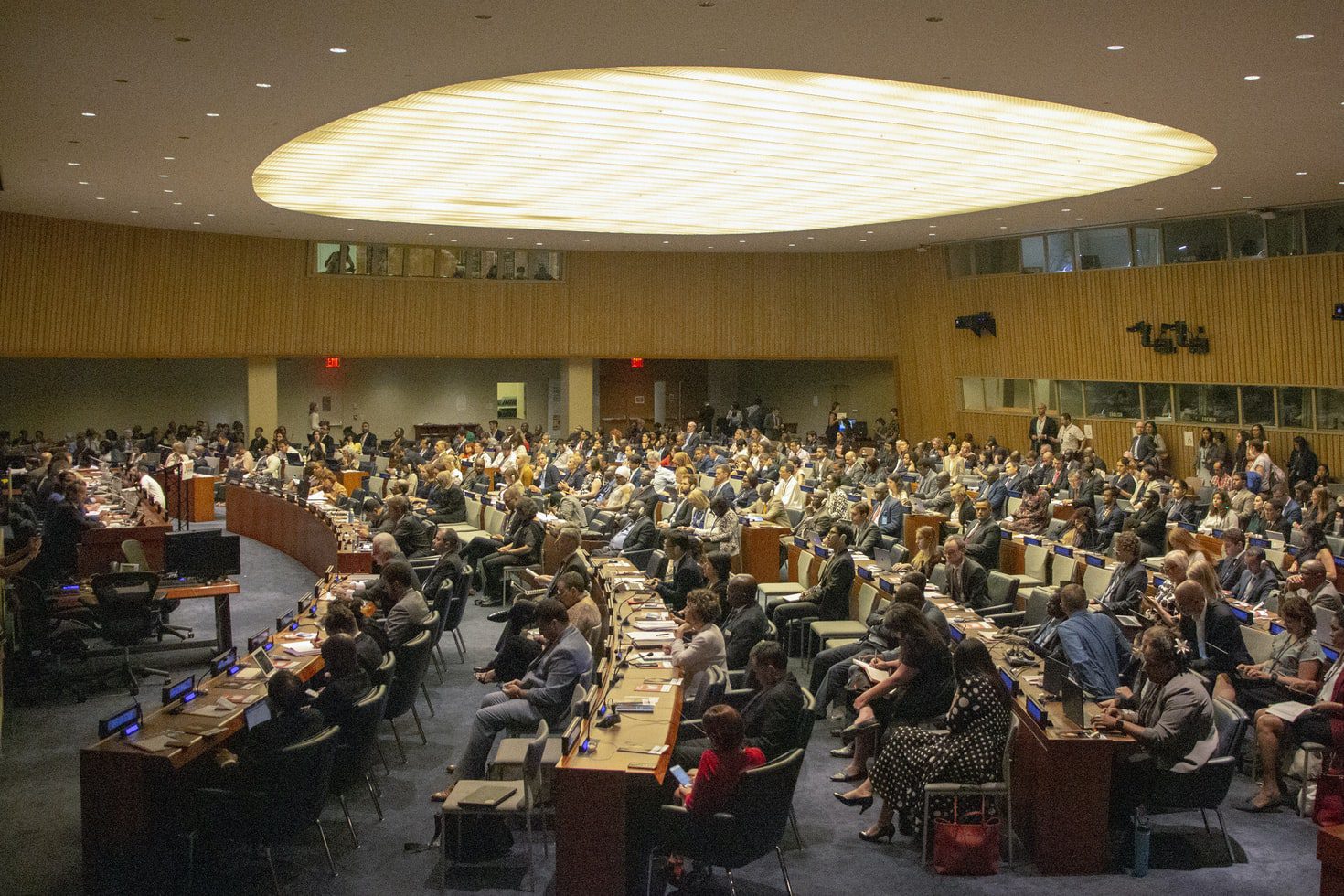As far as the discussion around pollution is concerned, we often make the mistake of grouping all emissions under the umbrella of carbon dioxide. While carbon emissions are a large part of the problem (if not the largest), there are several other gases that are damaging to the Ozone layer and are worth addressing. Methane has now emerged as the second-biggest emissions threat to watch out for. Although carbon emissions come in a far greater quantity, methane has been reported as up to eighty times more damaging, leading power companies like Ameren to develop high tech ways of discovering and attacking leaks inside their territories with increasing efficiency. It appears that methane has become a priority internationally, with hundreds of world governments working together to seriously confront avenues through which the gas is released into the atmosphere.
The agreement came at this year’s COP26 sustainability summit. This was the 26th annual meeting of the United Nations (UN) Climate Change Conference, in which UN member states came together in Glasgow to discuss the status of emissions and the environment. At the summit, more than 100 members signed the Global Methane Pledge to hold one another accountable.

The Global Methane Pledge looks to address methane emissions in various areas and enacts deadlines and that the non-negotiable percentage reductions are met by then by each nation. The overarching goal is for members to achieve a 30 percent reduction in methane emissions from 2020 levels.
While this might seem a bit lukewarm of a target in comparison to the general global consensus of targeting 50 percent carbon dioxide emissions by the same time, it can be argued that this difference is due to the nature of methane.
Where carbon lingers in the atmosphere for anywhere from 300 to 1,000 years, methane dissipates after roughly ten years. Additionally, carbon emissions, in particular, have been an issue at the forefront of the sustainability discussion for decades longer than methane emissions have, so there is a difference in how prepared emitters are for significant change. Regardless of the goal’s ease of completion, many officials are optimistic, including Environmental Defense Fund chief scientist Steve Hamburg. “The fact that there’s now a large proportion of the global community signing on, that’s the real key” Hamburg stated.

The United States plans to take this pledge one step further. Around 10 percent of nation-wide emissions come from the agricultural sector. More than one-third of those emissions come from methane, which is a major byproduct of livestock farming.
Recent technological breakthroughs allow farmers to harness methane as an energy source via anaerobic digestion, making investing in these programs a logical solution that kills two birds with one stone – energy production and reducing the byproduct of said energy production.
“Agriculture is not part of the problem, it is part of the solution,” said Agriculture Secretary Tom Vilsack, who, through the USDA, will work to help farmers with incentive-based funding for programs that include methane capture and reuse.
On the global stage, the U.S. appeared to take the lead. Along with the United Arab Emirates, the U.S. used the COP26 platform to launch the Agricultural Innovation Mission for Climate, a fund that will be used to invest in sustainable agriculture worldwide. The more than 30 signatories contributed funds totaling $4 billion, with the US pledging $1 billion over five years.





